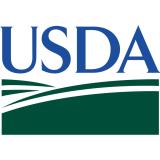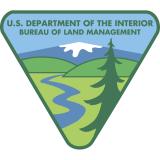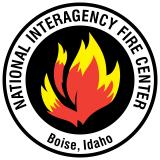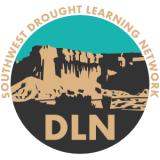Drought Update and Wildfire Outlook Webinar for California and the Southwest: June 2, 2022
The Drought Update and Wildfire Outlook Webinar for California and the Southwest was designed to provide stakeholders and other interested parties in the region with timely information on the current drought status and outlook and wildland fire potential outlook.
This webinar was a special joint region webinar, combining the California-Nevada Drought Early Warning System Drought & Climate Outlook Webinar Series and Southwest Drought Briefings, which are produced by the Intermountain West Drought Early Warning System and the USDA Southwest Climate Hub.
For more information, please contact amanda.sheffield@noaa.gov or joel.lisonbee@noaa.gov.










